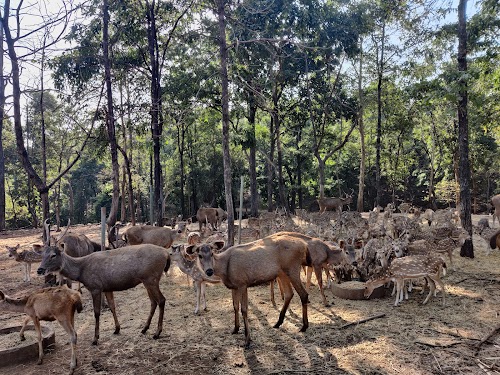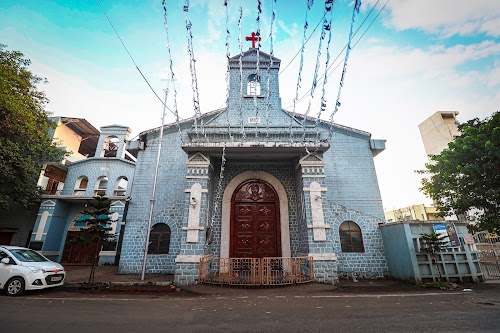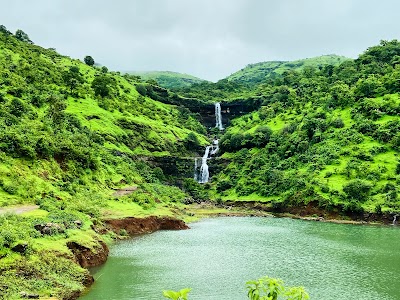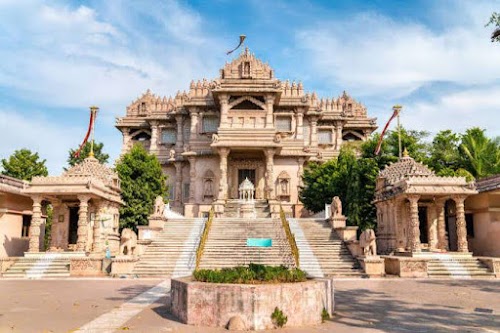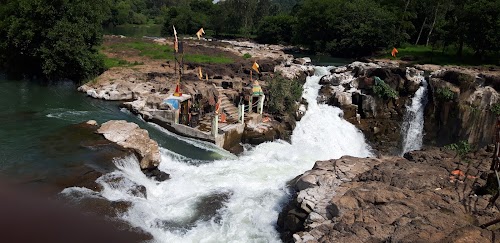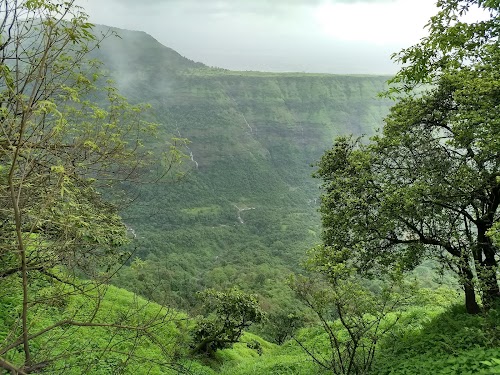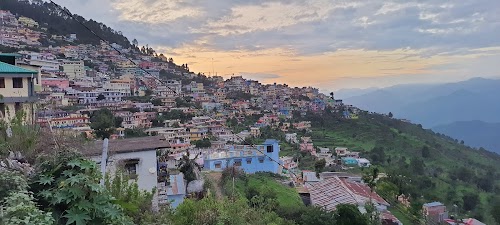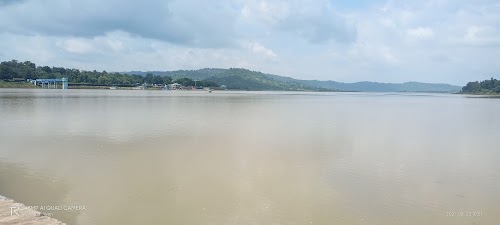
Dadra and Nagar Haveli, India
Dadra and Nagar Haveli, a union territory in western India, is a land of verdant landscapes, tribal culture, and historical significance. Nestled between Maharashtra and Gujarat, it offers a unique blend of natural beauty and cultural heritage. The territory is characterized by rolling hills, dense forests, and the Damanganga River, making it an ideal destination for nature lovers and adventure seekers. Explore tribal villages, witness traditional dances, and savor local cuisine. The capital city, Silvassa, serves as a convenient base for exploring the region's attractions. Dadra and Nagar Haveli is a perfect getaway for those seeking tranquility and a glimpse into India's diverse cultural tapestry.
Known for:
History:
Dadra and Nagar Haveli has a rich history, having been ruled by various empires, including the Marathas. In 1783, the Marathas ceded the territory to the Portuguese. For over two centuries, it remained under Portuguese rule until its liberation in 1954 by the Azad Gomantak Dal. It was then administered by an independent administration until its integration into the Indian Union in 1961. The territory became a union territory of India, marking a significant chapter in its history. The region's historical sites and monuments offer glimpses into its colonial past and its struggle for independence.
How to reach:
The nearest airport is in Mumbai. From Mumbai, you can take a train or bus to Vapi, which is the closest railway station to Silvassa. Regular buses and taxis are available from Vapi to Silvassa and other parts of Dadra and Nagar Haveli. The territory is also well-connected by road to major cities in Maharashtra and Gujarat.
Places in Dadra and Nagar Haveli, India
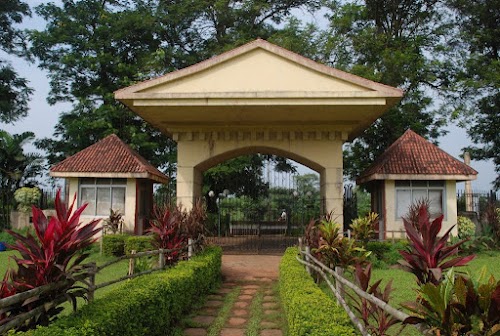
Vanganga Garden
Dadra and Nagar Haveli, India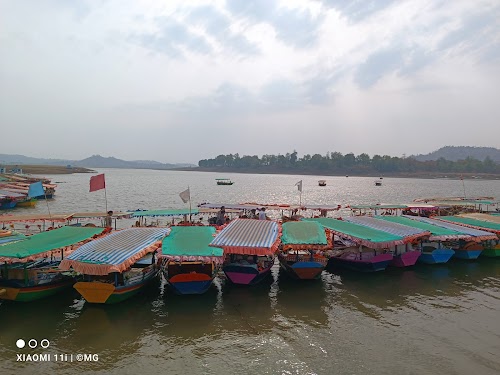
Dudhani lake
Dadra and Nagar Haveli, India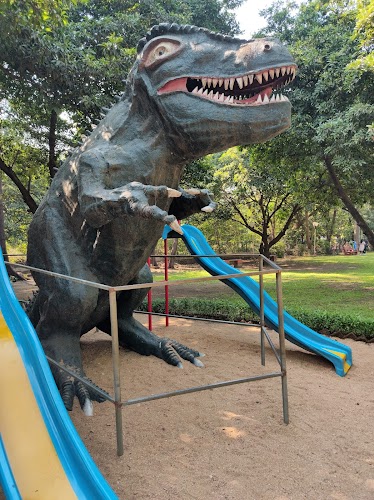
Hirwa Van Garden
Dadra and Nagar Haveli, India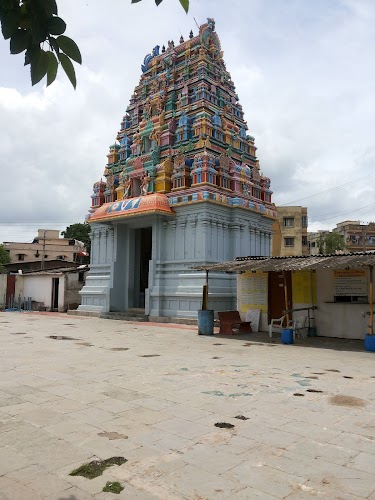
Tirupathi Balaji Temple
Dadra and Nagar Haveli, India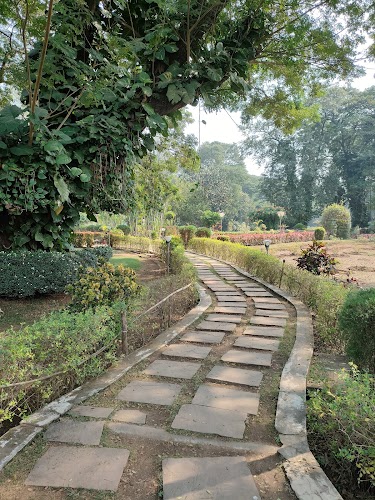
Nakshatra Van
Dadra and Nagar Haveli, India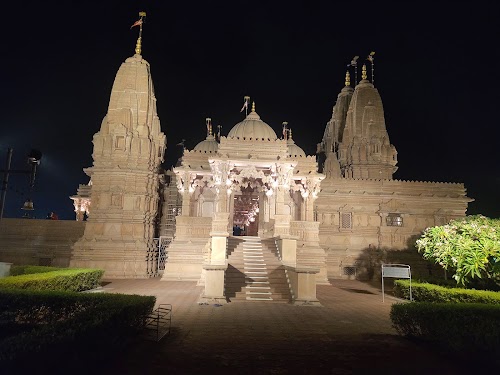
Shri Swaminarayan Mandir
Dadra and Nagar Haveli, India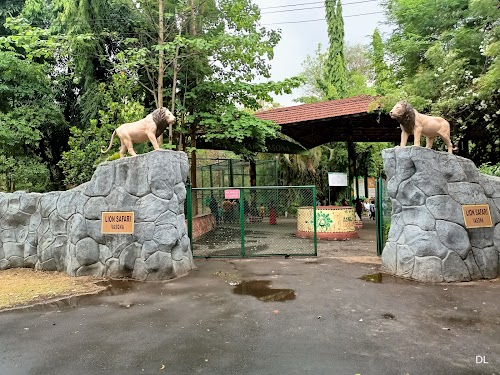
Lion Safari Vasona Silvassa
Dadra and Nagar Haveli, India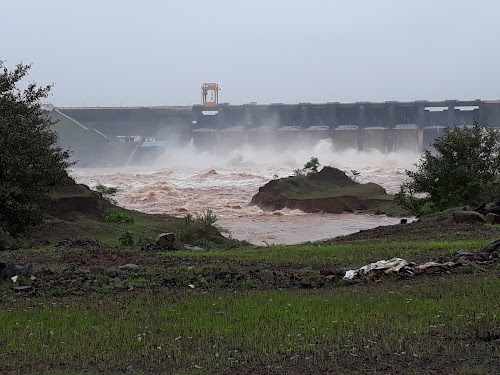
Madhuban Dam
Dadra and Nagar Haveli, India